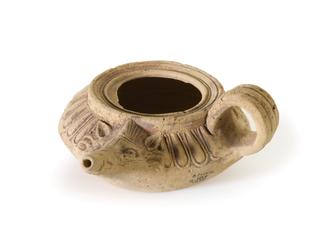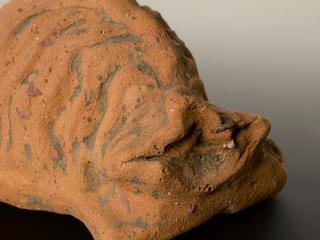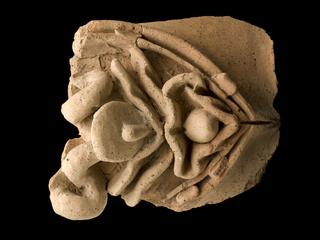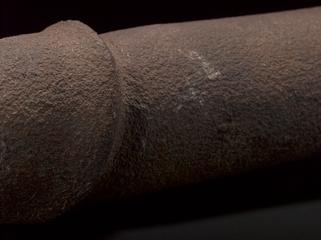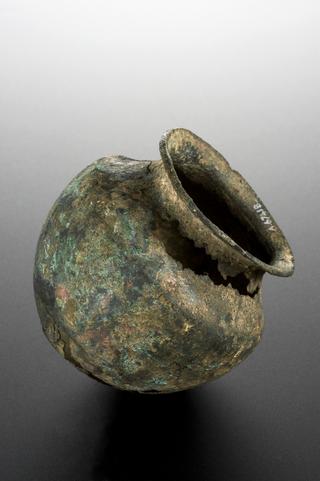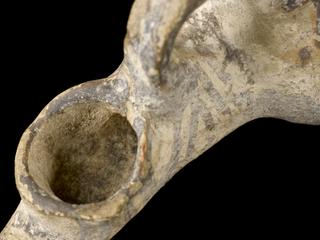
Votives eyes, Roman, 200 BCE-100 CE
- Made:
- 200 BCE-100 CE in Roman Empire






Votive eyes, bronze, Roman, 200BC-100AD
Votive offerings were given to the gods either in the hope of a cure or as thanks for one and were made in the shape of the afflicted body part – in this case a person’s eyes. They may have been experiencing blindness or infection. This example is reputedly from the Roman Empire and is made from bronze. The use of bronze may indicate a wealthy owner as most votives were made from terracotta.
Details
- Category:
- Classical & Medieval Medicine
- Collection:
- Sir Henry Wellcome's Museum Collection
- Object Number:
- A634942
- Materials:
- bronze
- Measurements:
-
overall: 23 mm x 53 mm x 25 mm, .03 kg
- type:
- votive offering
